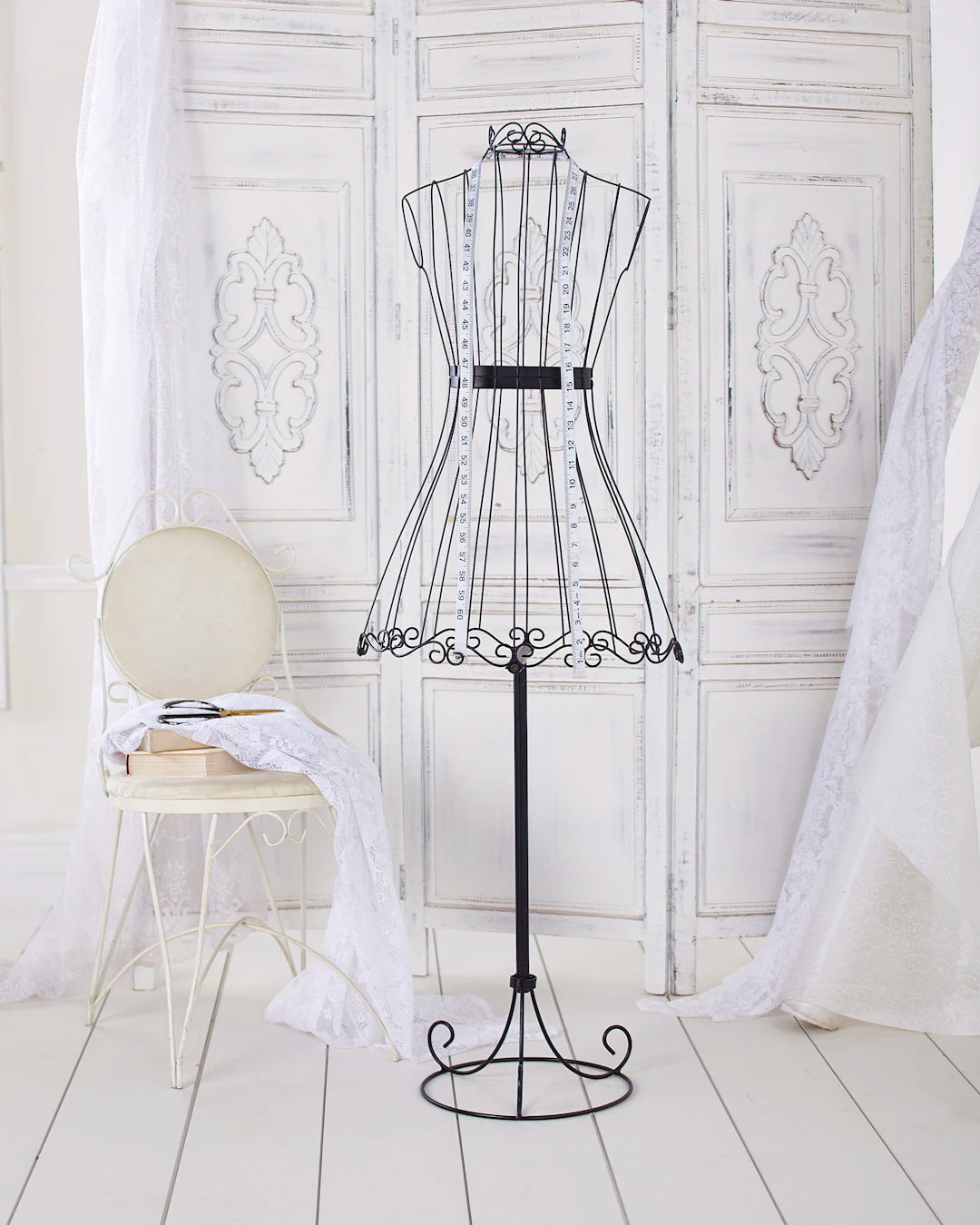Fashion design is not only about creativity and artistic expression; it involves a keen understanding of the business side as well. If you're looking to dive deeper into the world of fashion design, it's crucial to understand the strategies and practices that will pave the way for a successful career. In this blog post, we will explore various facets of the fashion business, covering everything from market analysis to pricing strategies, creating an engaging brand, and utilizing tools like Procreate brushes for fashion. This thorough understanding will help you not only create stunning designs but also successfully sell them to your target market.
Understanding Your Market
Before you put your pencil to paper—or your stylus to your tablet—it’s essential to understand your market. This will determine what styles are in demand, the vibe of your brand, and most importantly, how to position yourself in the crowded world of fashion design. Conducting market research helps you to:
- Identify target demographics.
- Understand current fashion trends.
- Evaluate your competition.
- Determine potential pricing structures.
Identifying Target Demographics
Your target audience dictates not only your design aesthetic but also your marketing strategies. Are you designing for young adults, children, or perhaps a more mature audience? Understanding who will wear your designs ensures your work resonates with the consumer. Demographic factors such as age, gender, income level, and lifestyle choices should be taken into account.
Understanding Current Fashion Trends
Staying ahead in the fashion industry means keeping an eye on current trends. This involves studying what styles are hot right now and predicting future trends. Subscribing to fashion magazines, following social media influencers, and attending fashion shows can provide you with insights that inform your designs.
Evaluating Your Competition
Knowing who your competitors are is vital. Analyze their offerings, price points, marketing strategies, and customer feedback. This information can help you identify gaps in the market that you can fill with your unique designs.
Creating a Stunning & Engaging Brand
Your fashion brand should speak volumes about who you are as a designer and what you value. It should connect with your audience on a personal level. A strong brand identity is key to standing out in a saturated market. Below are a few elements to consider:
- Brand Mission: Establish a clear, compelling mission that reflects your values and vision.
- Visual Identity: Your logo, color scheme, and typography should be consistent and uniquely yours. Utilize Procreate brushes for fashion illustration to develop impactful visuals.
- Brand Story: Share your journey as a designer, showcasing what inspires you. Authenticity attracts consumers.
Implementing Effective Marketing Strategies
Once you’ve crafted your brand, the next step is to promote it. Choose the best channels to reach your target audience:
- Social Media: Platforms like Instagram and Pinterest are excellent for showcasing your designs and building a community.
- Website: Your Shopify store is your online home, a place to sell your designs and tell your story.
- Collaborations: Partnering with influencers or other brands can help you reach a wider audience.
Pricing Your Collections
Setting the right price for your designs is a critical aspect of your business strategy. Your pricing should reflect the quality of your work while also considering your target audience’s budget. Here are some tips:
- Cost-Plus Pricing: Calculate the cost of materials, labor, and overhead, then add a markup for profit.
- Value-Based Pricing: Understand what customers are willing to pay based on the perceived value.
- Competitive Pricing: Assess your competitors' pricing levels to ensure yours is competitive while also profitable.
Building a Strong Network
Networking is invaluable in the fashion industry. Establishing relationships with other designers, retailers, and influencers can open doors for collaborations, mentorships, and opportunities to showcase your work. Attend industry events, join fashion groups, and connect with fellow designers online to broaden your network.
Leveraging the Power of Procreate
In our digital age, tools like Procreate have revolutionized the way designers work. Whether you're sketching realistic male poses or brainstorming your next collection, using Procreate brushes for fashion can enhance your designs and efficiency. These versatile tools allow for a higher level of creativity and precision that can elevate your illustrations, making them stand out. Here are some ways to leverage Procreate:
- Creating Mood Boards: Use Procreate to gather inspiration and create mood boards that capture the essence of your upcoming collections.
- Experimenting with Designs: Quickly prototype various designs to see what resonates best without wasting physical resources.
- Finalizing Illustrations: The crispness of Procreate's brushes will enhance the overall quality of your final pieces.
Navigating Production and Supply Chain
Once your designs are finalized and you're ready to produce, focus on creating a reliable production plan. This step includes sourcing materials, managing timelines, and ensuring quality control. Maintain strong communication with suppliers and manufacturers to streamline the entire process.
Diving Into Sustainable Practices
The fashion industry has a significant impact on the environment, and consumers are increasingly conscious of sustainability. Implementing eco-friendly practices not only showcases your commitment to the environment but can also attract a broader customer base. Consider:
- Utilizing ethically sourced materials.
- Reducing waste through efficient designs.
- Implementing sustainable production methods.
Getting Your Collection to Market
Launching a collection is equally exciting and daunting. Well-executed launches can create a buzz around your brand. Here are some strategies to ensure a successful launch:
- Teaser Campaigns: Generate interest before the launch by teasing your audience with sneak peeks.
- Launch Event: Consider hosting a virtual or in-person launch event to showcase your collection.
- Influencer Engagement: Collaborate with influencers to reach a larger audience and create excitement.
Tracking Success and Adapting Strategies
Once your collection is live, it's essential to analyze sales data, customer feedback, and overall market response. This information will guide your future designs and business strategies. Consider tracking:
- Sales performance by design.
- Customer reviews and feedback.
- Marketing campaign effectiveness.
Shaping the Future of Your Fashion Business
The journey of a fashion designer extends far beyond sketching and illustrating. Understanding the intricate details of the business side is crucial for navigating this competitive landscape. With the right mindset, tools, and strategies, you can transform your passion for design into a thriving business. Remember to continuously adapt and innovate as you move forward, much like the ever-evolving fashion industry itself. This adaptability will serve you well in achieving not only your creative dreams but also your business aspirations.
So get out there, paint the world with your designs, and let your business shine bright!





Leave a comment
This site is protected by hCaptcha and the hCaptcha Privacy Policy and Terms of Service apply.